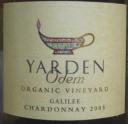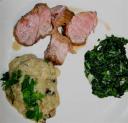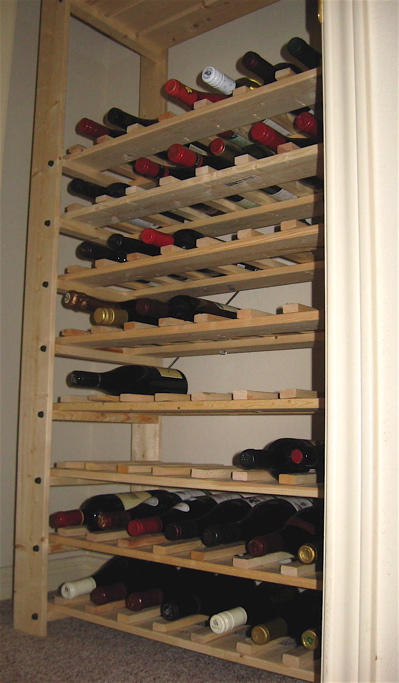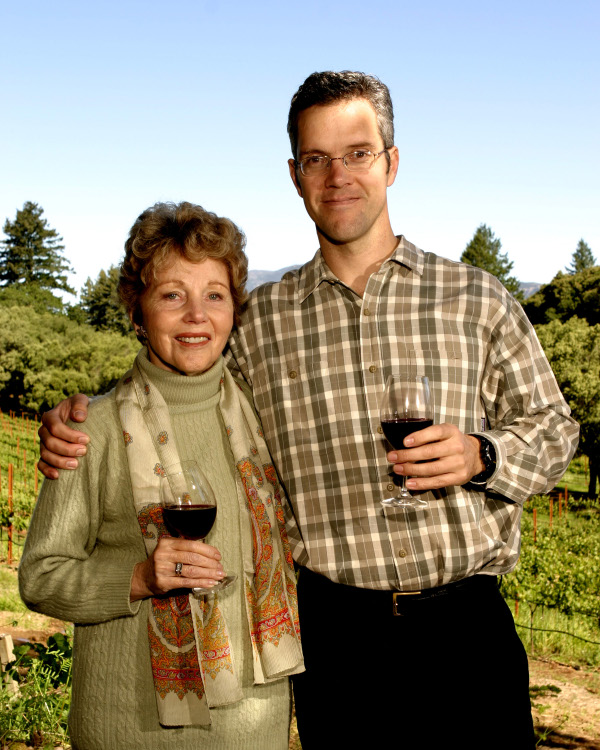Found this wine at the Cowboy Steakhouse in Kerrville, a city I rarely visit except during the Folk Festival. Fredericksburg is really my Hill Country dining destination of choice, but when I saw in Kerrville’s dining brochure that this restaurant had the most extensive wine list in the Hill Country, I just had to go.
Truth in advertising, y’all. I could have been more impressed by the food (my strip steak was correctly cooked to temp but could have been more much flavorful), but the wine list at the Cowboy Steakhouse is really impressively extensive. According to their website, they’ve got over 600 labels on the list, and that’s quite plausible based on the list I saw. They also have multiple verticals (a collection of the same wine from many different years), some dating back to the 80s. The Ferris family has been in the restaurant business since 1977, so I suppose all that collecting could have happened slowly and over time. At least I hope so, or I hope they have pockets as deep as Micheal Bloomburg.
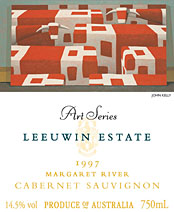 After dithering extensively over the pages and pages of wine available, I found a 1997 Cabernet from Leeuwin Estate in the Margaret River district. They make the best Australian white wines I’ve ever tasted, but I confess I had never been blown away by their Cab. Nonetheless, I was excited to find this aged red on the wine list for only $59.
After dithering extensively over the pages and pages of wine available, I found a 1997 Cabernet from Leeuwin Estate in the Margaret River district. They make the best Australian white wines I’ve ever tasted, but I confess I had never been blown away by their Cab. Nonetheless, I was excited to find this aged red on the wine list for only $59.
Great deep black ruby in color; little no brick red on the edges. First up in the glass, menthol, redfruits, pine tar and cassis show in the nose. The palate showed great smooth raspberry jam and a hint of red Swedish Fish. The finish of green tobacco and cigar box is remarkably smooth, with rounded, soft tannins.
As it opens up, a musky limburger aroma shows up and the menthol strengthens into eucalyptus and cedar. Some green olive scents are evident, as well. The palate develops into licorice and coffee, with kirsch, graphite, green pepper and black olive. The flavors are exceptionally well-integrated. With steak, even the smooth tannins recede, and a cocoa-cassis syrup element peeks around the corner.
Leeuwin Estate was part of Robert Mondavi’s attempt to break into the Australian wine region in 1972. Dennis and Tricia Horgan founded this winery, located in arguably the best wine region in the country, with Mondavi’s guidance. They have three labels: “Siblings,” meant for drinking young, “Prelude,” meant for drinking within a few years of release, and “Art Series,” meant for aging.
The winemaker’s notes predict an aging period of 7-10 years, but the 1997 Leeuwin Cabernet Sauvignon is in its prime at eleven years and counting. If you can find any (and it looked like the Cowboy Steakhouse had about 10 bottles left), I suggest you run, don’t walk, for a corkscrew.
Label image lifted from http://www.leeuwinestate.com.au/
